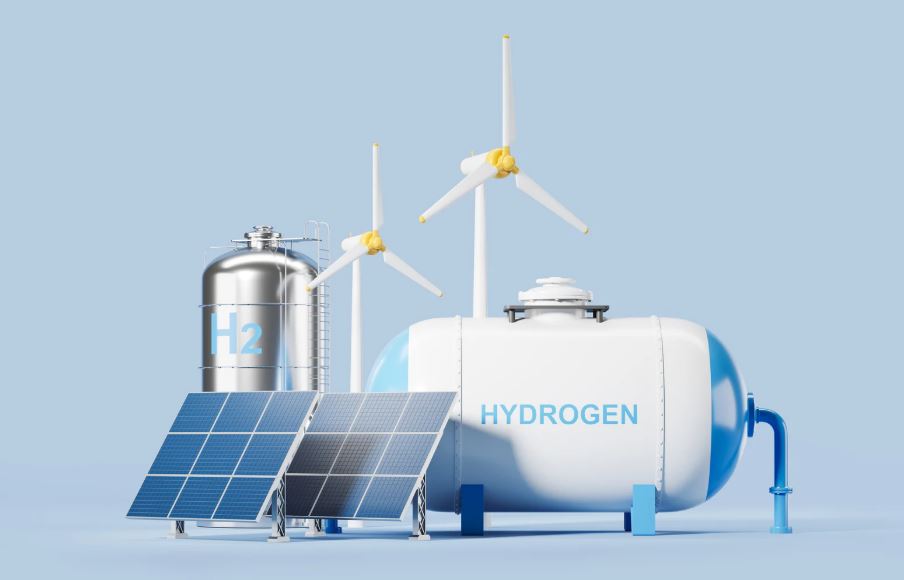Chinese researchers have achieved a phenomenal solar hydrogen production efficiency rate, setting a new benchmark at an impressive 10.36 percent. This breakthrough, maintained consistently over a month, underscores the potential for scaling green hydrogen production to meet global energy demands.
The research, spearheaded by scientists at the University of Science and Technology of China and Wuhan University, utilized a novel structure of silicon-based gallium nitride nanowires as a photoelectrode. This advanced design signifies a critical leap forward in solar hydrogen production, allowing stable output for more than 800 hours at elevated current densities. This structural innovation addresses long-standing issues in photoelectrochemical water splitting, extending the service life of the photoelectrode from mere hours to several months. Such durability is crucial in overcoming traditional challenges associated with the corrosion and catalytic decay of photoelectrode materials.
Photoelectrochemical water splitting has emerged as a pivotal technique in clean energy research, facilitating the conversion of sunlight and water directly into green hydrogen. Nonetheless, the technology’s expansion has been historically curtailed by the limited lifespan of conventional photoelectrodes, which suffer from rapid degradation under operational conditions. By integrating gold nanoparticles as a co-catalyst into their design, the researchers have enhanced the catalytic effectiveness for hydrogen evolution, ensuring that gold nanoparticles remain adhered through the reaction process, thereby preventing catalytic decay.
This development not only marks a technical accomplishment but also has substantial implications for practical applications. The engineered structure lends itself to mass production and can be adapted for various compound semiconductor systems and catalytic reactions, broadening its applicability across different renewable energy projects. Such innovations are vital in driving the global energy transition, as nations seek to curb carbon emissions and implement sustainable development practices.
While these advancements present a robust avenue for future energy strategies, the path to widespread commercial adoption remains a considerable challenge. Addressing concerns such as cost-efficiency, large-scale manufacturability, and integration into existing energy frameworks will be paramount for transitioning from laboratory success to energy market realities.
The research offers a promising prospect for the energy sector, suggesting that with continued innovation and strategic implementation, solar hydrogen could significantly contribute to meeting global energy needs sustainably.
